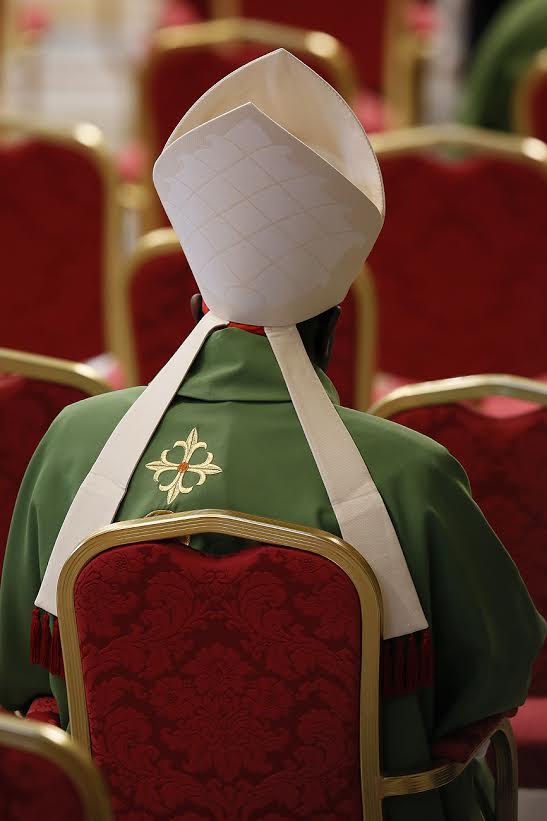Evidence for the Passion
Meditation Topic for the 1st Week of Lent
The words translated as ‘cross’ from Greek (stauros) and Latin (crux) in ancient documents refer to upright posts or stakes, and the Greek verb (stauroo) refers either to suspension or impaling (on a single upright as on a skewer). Therefore, the vast majority of writings from antiquity that have been said to speak of crucifixions denote various types of suspensions on upright posts (either during or after execution). The meaning of a Cross having intersecting vertical and horizontal parts seems to come only after the Crucifixion of Christ. Only a handful of ancient Greek and Latin writings describe affixing a victim to an upright with nails that leads to a slow, painful death.
Only one piece of archaeological evidence has been found that supports the use of crucifixion in antiquity – and this evidence demonstrates a different method of affixing the victim to the cross than that depicted in any Crucifixion art!
Early Christians were reticent to portray the Crucifixion while it was still a legal form of capital punishment in the Roman Empire. No example of Crucifixion drawings have been found in the catacombs. Two instances of graffiti (anti-Christian and blasphemous in one case!) have been found in Italy dated to the time before Constantine abolished crucifixion. The first instance of the Crucifixion in religious artwork is not found until A.D. 420-430.
The physician-evangelist Luke wrote that Jesus’ “sweat became like great drops of blood falling down upon the ground” (Luke 22:44). In the last 10 years, there have been multiple cases of so-called ‘hematidrosis’ reported, and we finally have one case of biopsy confirmation. It’s not bloody sweat! Although there is blood – and it may mix on the skin surface with sweat.
Although many medical articles, drawings, paintings, and movies have depicted the Crucifixion, and even if we assume that the Shroud of Turin depicts not only a crucified man, but the Crucified man, Jesus Christ, we still do not know precisely how Jesus was affixed to the Cross, the nature of his sufferings, or the medical cause of his death. In fact, from the Gospels, we only know that his hands were nailed because St. Thomas mentions wanting to put his fingers in the “nail marks” in Jesus’ hands (John 20:25). We assume his feet were nailed, but the Gospels don’t say that.
In the coming weeks of Lent, we will consider what we do know about Christ’s sufferings as an aid to entering more deeply into the accounts of his Passion.
(CMA)









